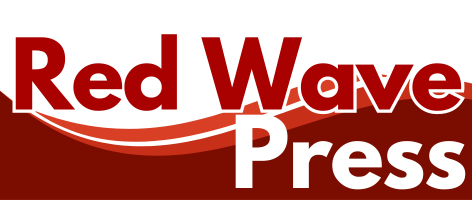Cultural anthropologists venture out into the world beyond the university, to study and try to understand people and their cultures often distant geographically and different in ideas and practices from their own. To do this they employ some simple procedures, that they dignify with the label “methodology,” to ensure or at least increase the probability of reining in their own assumptions and expectations, in order to grasp the reality of the world that they have entered. I shall return to these reality-oriented “techniques” below. In the meanwhile, an update on our ways of knowing.
Over the past decade, our schools and universities have changed their understanding, teaching, research, and administration by reorienting to an ideal-based perspective. It was assumed that, in most societal matters, we had discovered what the problems were, and had figured out the solutions. Inquiry was no longer necessary, because the answers were known. What was needed was activism to press forward the reforms that would put the answers into practice.
This utopian vision was attractive to many Americans, Canadians, Europeans, and other Westerners. The promised corrections to past injustices, and the assurances that fairness, and, yes, compassion, would guide the future working of educational, media, business, and governmental institutions. The promise was that oppressed, marginalized, and underserved minorities would be treated well, even if that meant special measures and focused preferences.
In academia, new programs and employees were dedicated to particular populations that claimed attention, and recruitment of students and staff, funding, benefits, were directed on that basis, and even facilities were designed and allocated with those populations in mind. Special employees were hired to enforce the ideals of this utopian vision. The school system, employees for which were trained in universities, followed by designing the curriculum and facilities to enforce the new goals.
This new vision, or ideology, was labelled “social justice,” and the particular measures instituted to apply it were “diversity, equity, and inclusion.” The underlying assumption was that all societies are based on those with power oppressing those without power. And that, in Western countries, the differences of power were based on race, sex and gender, sexuality, and disability, but in particular cases culture and religion. […]
— Read More: pjmedia.com
What Would You Do If Pharmacies Couldn’t Provide You With Crucial Medications or Antibiotics?
The medication supply chain from China and India is more fragile than ever since Covid. The US is not equipped to handle our pharmaceutical needs. We’ve already seen shortages with antibiotics and other medications in recent months and pharmaceutical challenges are becoming more frequent today.
Our partners at Jase Medical offer a simple solution for Americans to be prepared in case things go south. Their “Jase Case” gives Americans emergency antibiotics they can store away while their “Jase Daily” offers a wide array of prescription drugs to treat the ailments most common to Americans.
They do this through a process that embraces medical freedom. Their secure online form allows board-certified physicians to prescribe the needed drugs. They are then delivered directly to the customer from their pharmacy network. The physicians are available to answer treatment related questions.



